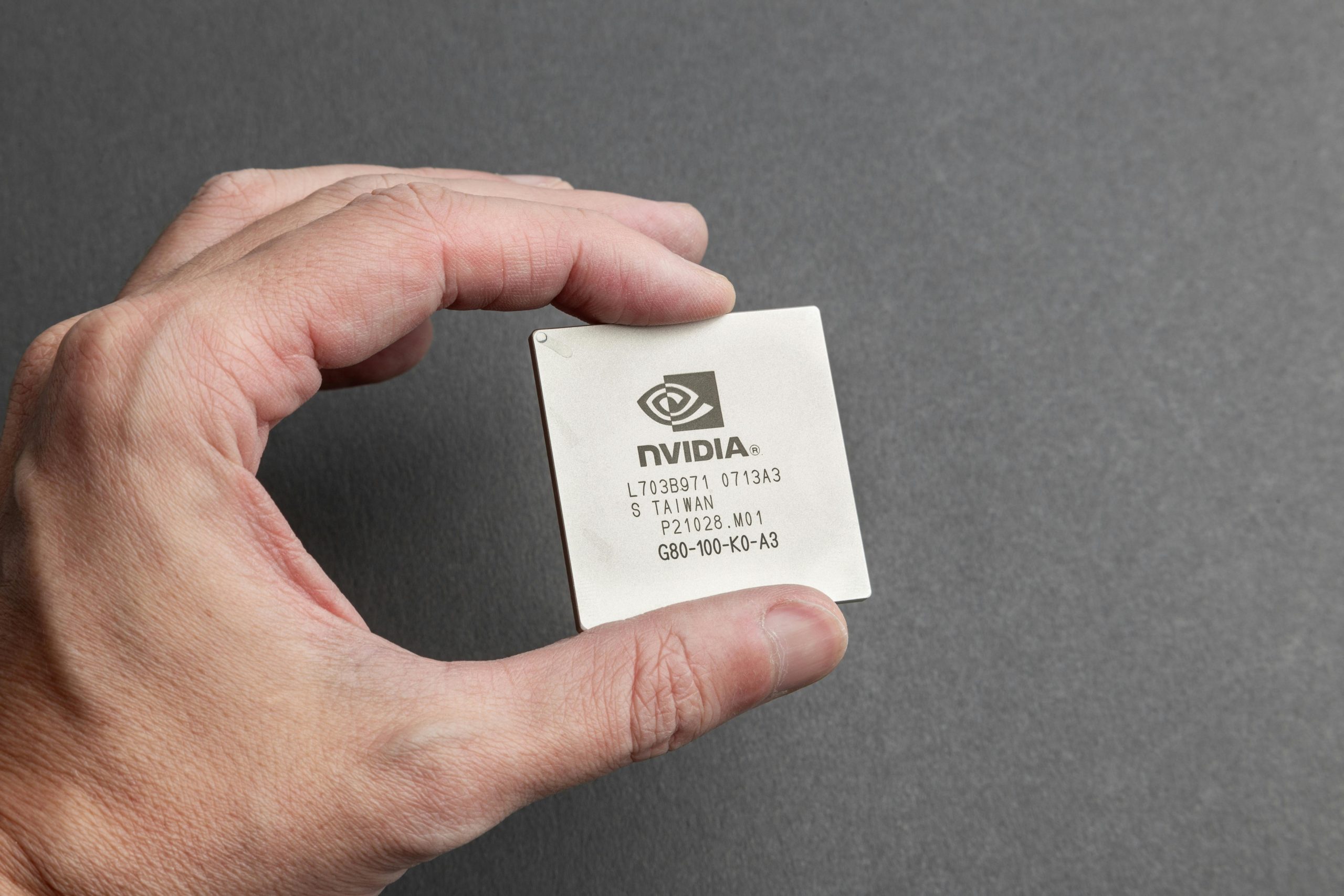Troubleshooting an SSD Failure After an Nvidia Driver Update: A Cautionary Tale
Upgrading graphics drivers can often enhance performance, but sometimes it can lead to unexpected issues. I recently encountered a frustrating situation while attempting to update my Nvidia drivers. The aim was to correct GPU temperature readings, but the process quickly spiraled into a significant headache.
Upon completing the update, my dual-monitor setup lost connectivity, displaying a black screen. Even after waiting for a full ten minutes, the system remained unresponsive, leaving me with no choice but to power down my computer. However, when I attempted to restart, I was met with failure after failure.
After several hours of troubleshooting, I discovered that the system would boot successfully when disconnected from my 2TB Samsung 870 EVO SSD. Interestingly, this SSD is not the primary drive running Windows 11 (version 24H2), yet it somehow became the source of my issues. I was perplexed; how could a driver installation cause a secondary drive to malfunction?
When reconnected, the SSD prevents the PC from booting, and the BIOS fails to recognize its presence. Strangely enough, the only way I could access the drive was when the computer was already up and running. Even then, it would only appear in Task Manager, File Explorer, and Disk Management—with a baffling 100% usage rate. I couldn’t access its capacity or format it, and despite my best efforts, it simply refused to cooperate.
To make matters worse, in Disk Management, the drive showed up as “RAW.” Even Samsung’s Magician software couldn’t recognize it, leading me to wonder if the drive was irreparably damaged. While my MacBook allowed me to view the files using a SATA to USB adapter, I was unable to write, format, or delete the volume. The same was true on my old Linux server.
Attempts to partition, shrink, or delete the drive were futile across all three systems. Given these circumstances, I’m left with a nagging question: has my drive reached the end of its life?
I apologize for the lengthy explanation, but if anyone has insights on how to salvage this situation—or if it’s time to say goodbye to this SSD—I’d greatly appreciate your advice.
Share this content:




Hello,
It sounds like your SSD has encountered severe issues potentially linked to driver updates or system conflicts. When an SSD shows the ‘RAW’ format, becomes unrecognized by drive utility tools, or shows 100% usage without responsiveness, it often indicates a corruption of the drive’s file system or a hardware issue.
Here are some troubleshooting steps you can consider: